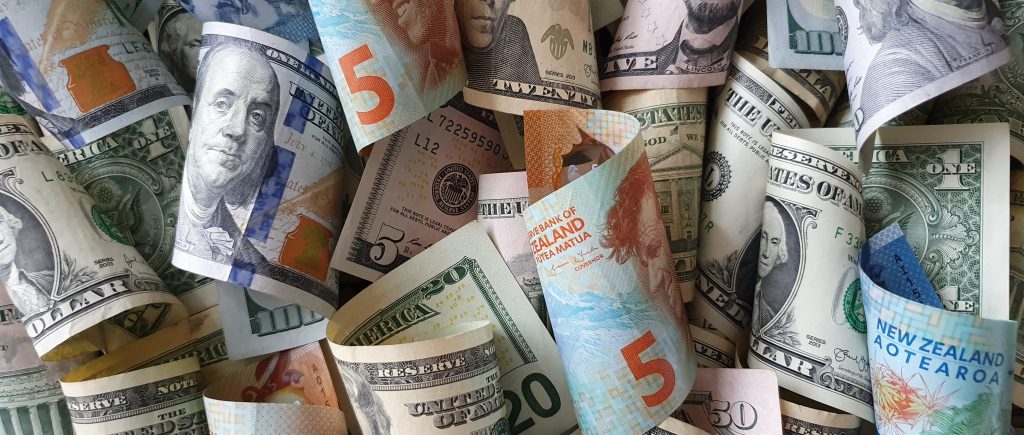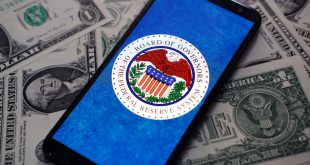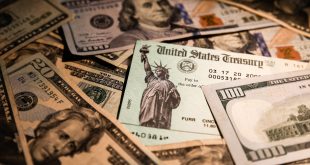The dollar rose on Monday, supported by a string of strong economic data from the United States that traders bet will cause the Federal Reserve to continue tightening monetary policy for longer than initially expected.
The dollar rose broadly in early Asian trade, with the pound sterling falling 0.12 percent to $1.2028 and the Australian dollar falling 0.18 percent to $0.6866.
The dollar rose against the Japanese yen 0.14 percent to 134.32.
Trading is likely to be thin on Monday due to US markets being closed for President’s Day. A string of data from the world’s largest economy in recent weeks indicated a labor market still suffering from underemployment, flat inflation, strong retail sales growth and monthly producer prices rising. It increased market expectations that the US central bank had more to do to control inflation and that interest rates should rise.
The dollar was also boosted by hawkish comments by Federal Reserve officials after they indicated that higher interest rates would be necessary to succeed in controlling inflation.
Similarly, two European Central Bank policy makers said on Friday that interest rates in the eurozone still have some way to go higher, sending the market prices up to the highest ECB rate.
But that did little to lift the euro, which was last down 0.16 percent at $1.0677.
And the dollar index increased 0.05 percent to 104.03, up nearly 2 percent for the month so far, keeping it on track for its first monthly rise since last September.
U.S. bond funds witnessed their first weekly net selling in six weeks in the seven days to Feb. 15 as bond yields climbed on concerns over more Federal Reserve tightening after data showed resilient inflation.
A report from the Labor Department on Thursday showed monthly producer prices accelerated in January, while the producer price index for final demand rebounded 0.7% last month after decreasing 0.2% in December.
On Tuesday, consumer price index data showed inflation accelerated in January and was more than expected on an annualized basis.
Refinitiv Lipper data showed investors withdrew a net $958 million out of U.S. bond funds, marking the first weekly net selling since Jan. 4.
U.S. taxable bond funds suffered $855 million worth of outflows compared with $1.89 billion worth of net buying in the previous week. Investors also sold $311 million worth of municipal bond funds.
 Noor Trends News, Technical Analysis, Educational Tools and Recommendations
Noor Trends News, Technical Analysis, Educational Tools and Recommendations





